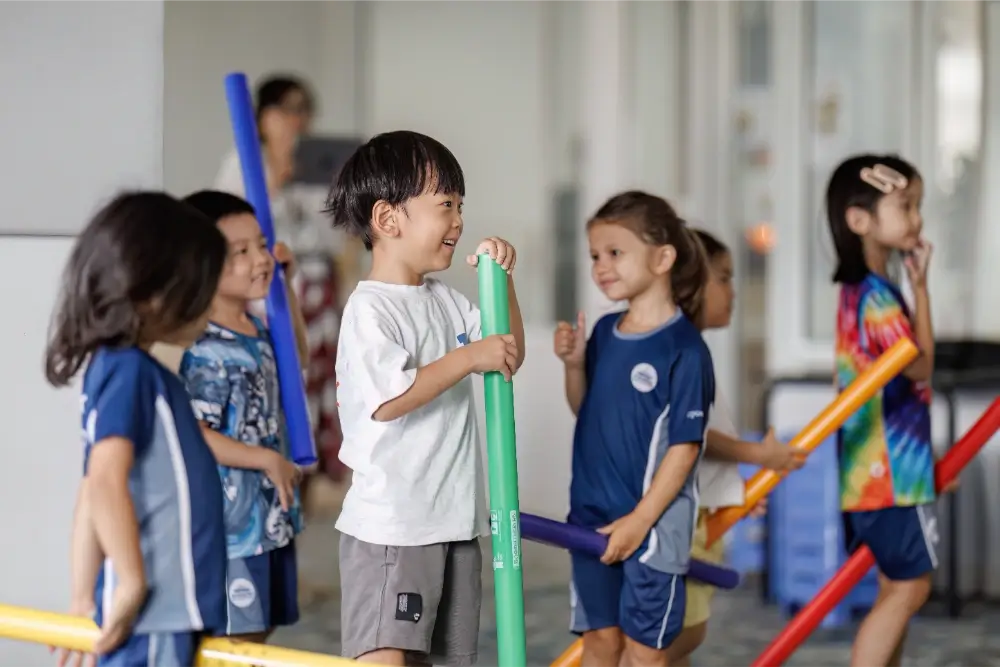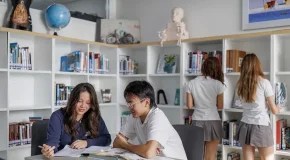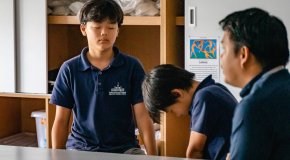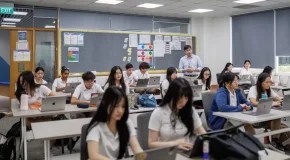How To Support Physical Development In Early Childhood
Physical development shapes how children grow into independent, confident learners. From crawling to writing, each movement strengthens a child’s ability to explore, communicate, and adapt. Physical development lays the foundation for learning and emotional regulation.
Parents play a vital role in encouraging movement, and schools must create environments that foster daily physical activity. The International School Ho Chi Minh City (ISHCMC) designs its Early Years program around these principles. Through open classrooms, inquiry-led learning, and engaging physical activities, children gain the coordination, balance, and control they need to thrive.
What Is Physical Development In Early Childhood?
Physical development refers to the process through which children build strength, coordination, and control over their bodies. These abilities influence how children interact with their environment and complete daily tasks.
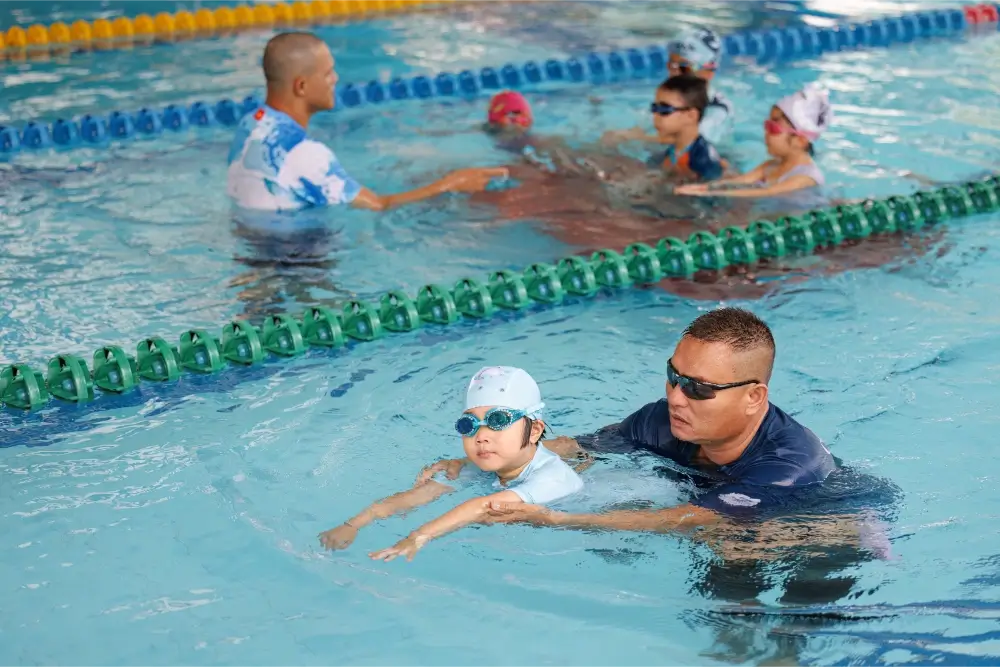
Two main areas define physical development:
- Gross motor skills involve larger movements using arms, legs, and the entire body. Children use these skills when they run, jump, climb, or balance.
- Fine motor skills require smaller, more precise movements. These include gripping a pencil, buttoning a shirt, or cutting with scissors.
Developing these skills enables children to build confidence, improve focus, and handle challenges more effectively.
Importance Of Physical Development In Early Childhood
Physical activity supports far more than movement. It strengthens brain connections, promotes language development, and helps children regulate emotions.

Children who move regularly show better concentration and stronger problem-solving abilities. They also build social awareness through physical interaction and teamwork. These early habits directly influence their long-term learning and behavior.
ISHCMC integrates movement across all learning areas. Educators encourage children to explore ideas through physical experiences. Outdoor play, purposeful movement, and creative activities help children build physical control and cognitive flexibility.
Physical Development Milestones In Early Childhood
Children progress through stages of physical development at different rates. Understanding typical milestones helps parents and educators track growth and offer the right support at each stage.
Infancy Physical Development (0 to 2 Years Old)
Children begin developing motor control during infancy. They use large and small movements to explore their environment.
- Lift and turn their heads
- Roll over, sit up, and crawl
- Pull to stand and begin walking
- Grasp and transfer objects
Toddler Physical Development (2 to 3 Years Old)
Toddlers increase their physical confidence and coordination. They begin to perform tasks more independently.
- Run short distances and climb safely
- Walk upstairs with assistance
- Turn book pages and stack blocks
- Feed themselves using spoons
Toddler Physical Development (3 to 4 Years Old)
Children become more agile and precise with their movements. They start applying motor skills to new challenges.
- Climb stairs without help
- Kick and throw a ball with more control
- Use scissors and begin drawing shapes
- Dress with minimal assistance
Preschool Physical Development (4 to 5 Years Old)
Preschoolers develop refined motor skills that prepare them for classroom tasks and structured learning.
- Balance on one foot and pedal tricycles
- Hop, skip, and climb with coordination
- Write basic letters and manipulate zippers
- Stay active for longer periods during play
How To Support Physical Development In Early Childhood
Children need consistent encouragement and various opportunities to develop their physical abilities. The right strategies help children grow stronger and more confident.
- Schedule daily movement: Let children run, jump, stretch, and climb throughout the day to build strength and coordination.
- Provide open-ended play materials: Offer puzzles, balls, art supplies, and safe climbing structures to promote gross and fine motor development.
- Join active play. Model movement through games, nature walks, or dance activities to support their learning.
- Use practical tasks. Invite children to pour, fold, and organize items during daily routines to improve precision and control.
- Limit screen time. Replace passive activity with hands-on tasks that require body awareness and movement.

At ISHCMC, teachers apply these strategies through the Primary Years Programme. Children learn through inquiry, using their bodies to test ideas, solve problems, and engage with the world.
Activities To Support Physical Development In Early Childhood
Intentional activities help children build control, balance, and strength. Simple, structured movement experiences offer long-term benefits.
- Play movement games. Use freeze dance, hopscotch, or rhythm-based play to build timing and coordination.
- Encourage creative exploration. Set up stations for building blocks, art, or pretend play to develop hand control and imagination.
- Take outdoor adventures. Plan nature walks or backyard exploration to challenge balance and navigation.
- Introduce physical education. Use guided group movement, sports basics, and team activities to support physical and social development.
ISHCMC provides a wide range of physical activities through its curriculum and co-curricular programs. Children explore movement through swimming, taekwondo, creative arts, and outdoor learning, building the confidence and skills needed for success in both the classroom and real-world settings.
Building Confident Learners Through Movement At ISHCMC
Children grow into confident, capable learners when they feel strong in their own bodies. Physical development allows them to engage fully with their environment, build relationships, and enjoy learning.
Families and educators who value movement help children build lifelong habits. ISHCMC supports this growth through a learning environment for action, curiosity, and meaningful play.
To explore how a balanced and movement-rich education supports early childhood development, learn more about ISHCMC’s Early Years program and discover what an active learning journey can offer.


